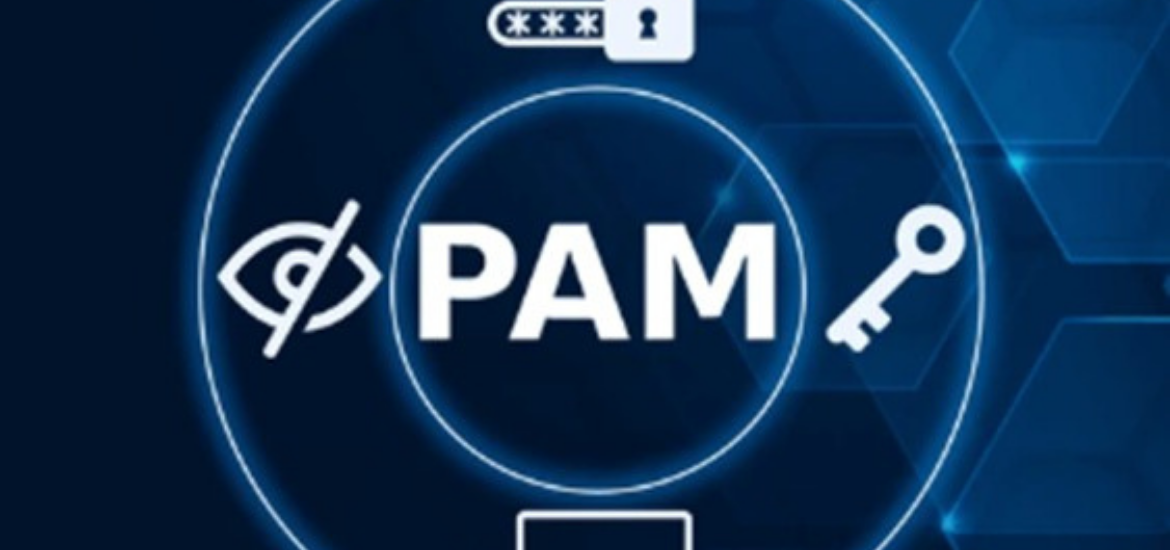
Privileged Access Management (PAM)
Privileged Access Management (PAM) is a vital cybersecurity framework that secures, monitors, and manages elevated access to critical systems and data. It ensures that privileged users—such as system administrators and third-party vendors—are granted controlled, time-limited, and monitored access to sensitive environments. PAM drastically reduces the risk of insider threats, credential theft, and unauthorized access while supporting compliance efforts. Modern PAM solutions enforce the principle of least privilege, provide secure credential vaulting, and enable session tracking with full visibility and auditability.
Key Features
- Credential Vaulting & Auto-Rotation – Secure storage and automatic renewal of privileged credentials to prevent misuse
- Just-in-Time Access – Grants temporary access based on user roles and specific tasks
- Session Monitoring & Recording – Tracks keystrokes and screen activity for complete audit trails
- Granular Access Control – Role-based policies restrict who can access what, when, and how
- Third-Party Access Management – Enables secure, audited access for external vendors
- SIEM/SOAR Integration – Feeds privileged activity into security operations for real-time analysis and incident response
Why It’s Critical
- Reduces exposure to insider threats and advanced persistent threats (APTs)
- Ensures only verified users access sensitive infrastructure
- Meets security mandates for NIST, ISO 27001, PCI-DSS, and GDPR
- Enhances visibility and audit readiness in hybrid and cloud environments
Use Case Scenario
A global financial firm implemented PAM to control access to production databases. By adopting just-in-time access, session recording, and automatic credential rotation, the organization reduced unauthorized access incidents by 85% and achieved full compliance with industry regulations.



